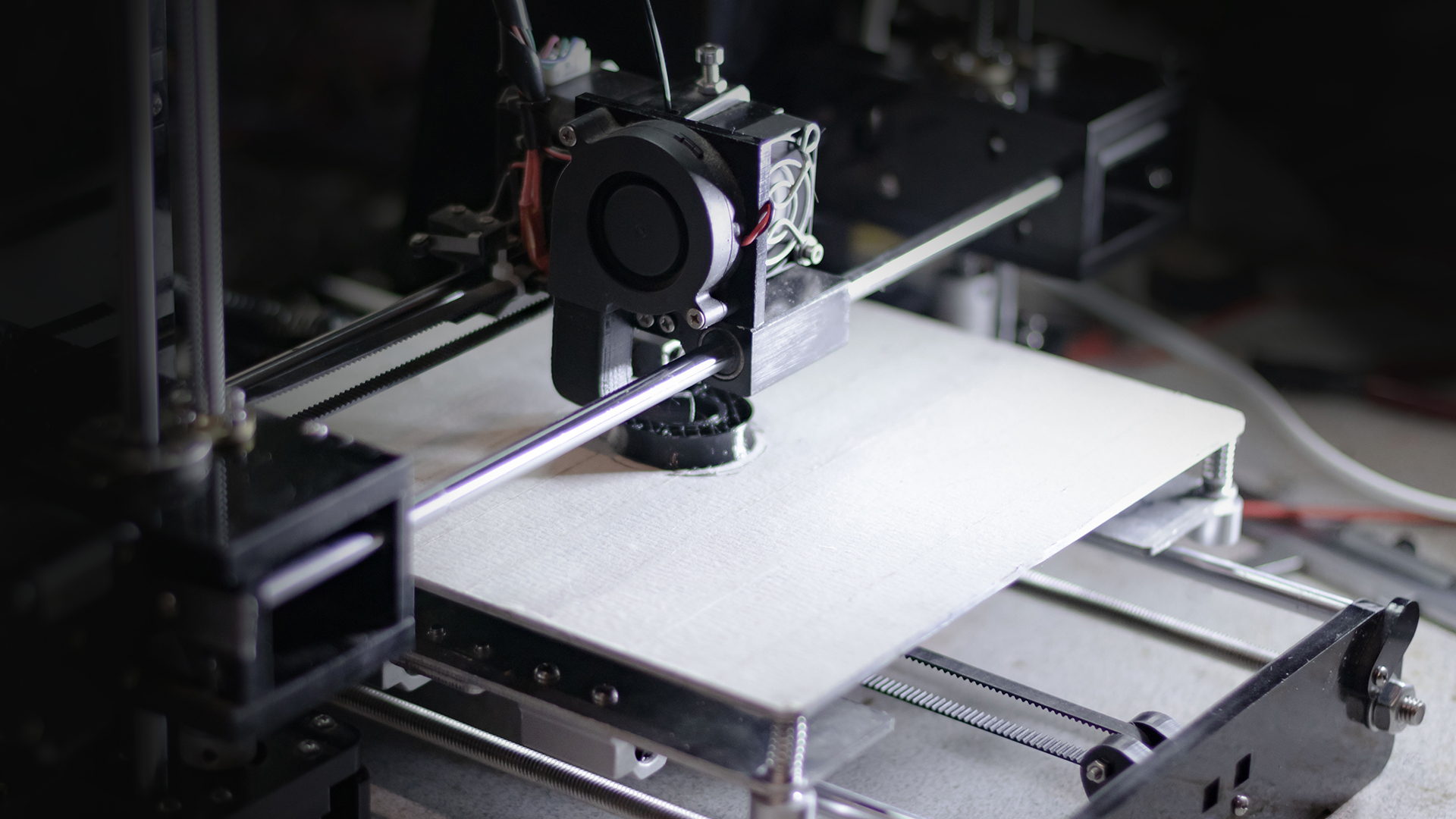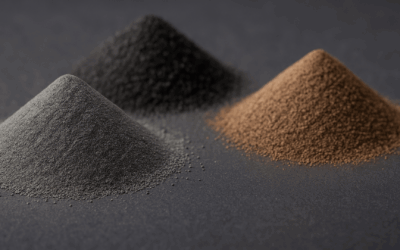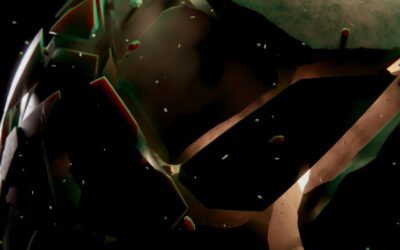Prototyping effectively is an important part of the product life cycle. Through continuously testing and refining iterations, engineers can arrive at a final part design that works with the desired features and performance.
The first commercially available 3D printers birthed the concept of rapid prototyping. Before 3D printing, long lead times and high costs of low-volume parts meant product development teams could only iterate a few times before part designs needed to be finalized.
However, 3D printing slashed these long lead times and costs. Now, 3D printers allow engineers and R&D teams to validate their designs quicker, easier, and more cost effectively than before. Ultimately, this allows more design iterations to be squeezed into a given time frame — teams can arrive at final part designs earlier, and get validated products to market faster.
While the market is still crowded with printers strictly suitable for prototyping use, the emergence of industrial-scale additive manufacturing applies lead time and cost benefits far beyond PLA mockups. Industrial 3D printers now fabricate everything from tooling and specialized end-use parts at the point of need, in just days.
Even as 3D printing expands into more end-use applications, rapid prototyping continues to be an impactful way for manufacturers to improve product development. Read this blog to learn about rapid prototyping with 3D printing: what it is, how it works, its relationship to additive manufacturing, plus benefits and considerations.
Read more here.




